You worked hard to grow flowers but failed because of the soil you used? Not all mud can grow flowers! Teach you how to prepare soil step by step
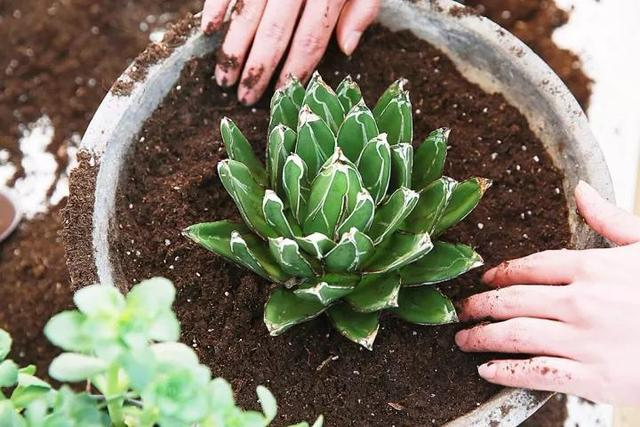
Growing flowers is both difficult and easy. The difficulty lies in that there are tens of thousands of plants in the world, and each has its own temperament. The ease lies in that they all have something in common. Once you have mastered the basic knowledge, you will be able to master many techniques.
This time let’s talk about something that many flower lovers tend to overlook – soil .
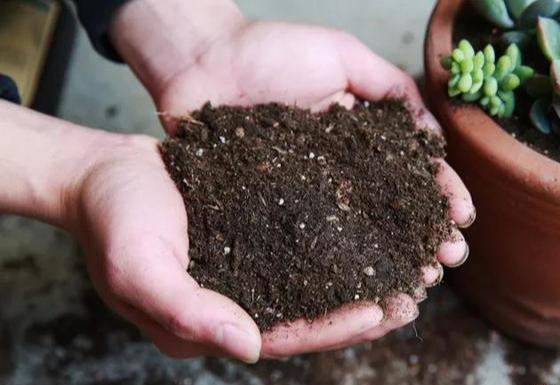
Some flower lovers may say, isn't soil simple? Just go to the yard and dig a pot. In fact, the soil in the yard (we call it " garden soil ") is generally sticky, not soft enough, retains water too well, and has poor drainage. Such soil is not suitable for potted plants.
What does "the soil is too sticky" mean?
The soil around us can be roughly divided into three categories according to its texture: [ sandy soil], [loam] and [ clay] .
[Sandy soil] contains a lot of gravel and has many gaps between the particles, so it is more ventilated and breathable, and has strong drainage capabilities. However, gravel itself has poor water absorption capacity, so sandy soil has weak water retention capacity, and the soil temperature fluctuates greatly and the nutrient content is low. It is suitable for growing some barren-resistant fruit crops and drought-resistant sand plants. It is certainly not suitable to grow ordinary flowers with such soil.
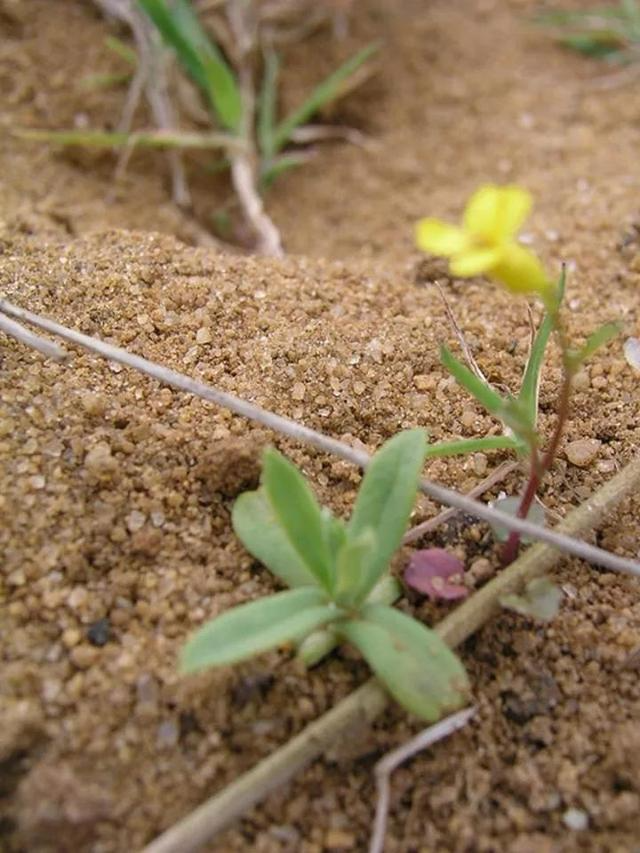
The particles of [clay] are very small, and there are few pores between the particles, so it is very "sticky", and its drainage and air permeability are relatively poor. This kind of soil is suitable for growing water-resistant plants, such as pennywort. Most of the soil in the yard is sticky and hard. It easily clumps after watering, and it is easy to crack when it is dry and harden quickly, so it is not a good material for growing flowers.
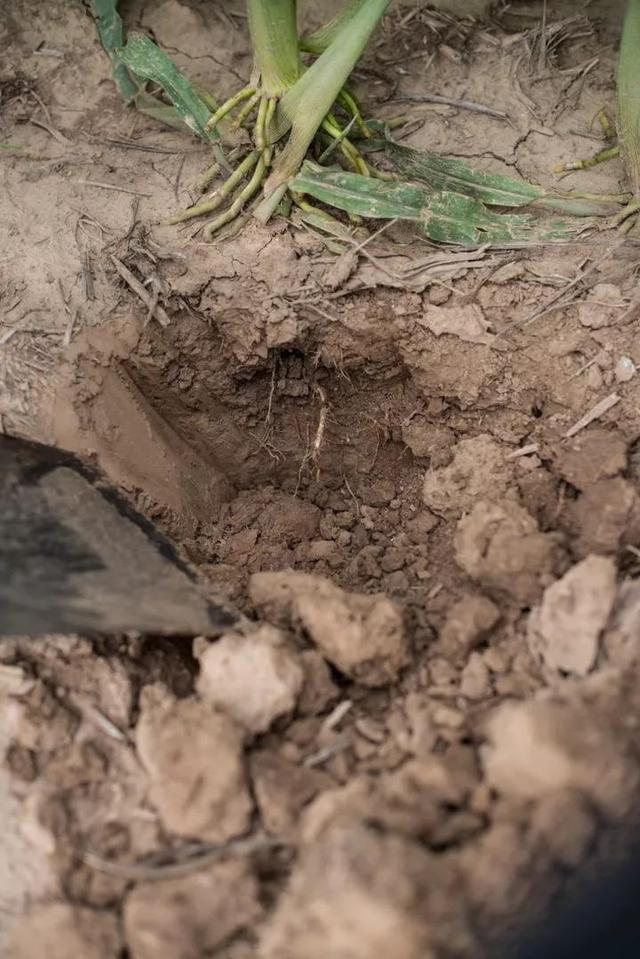
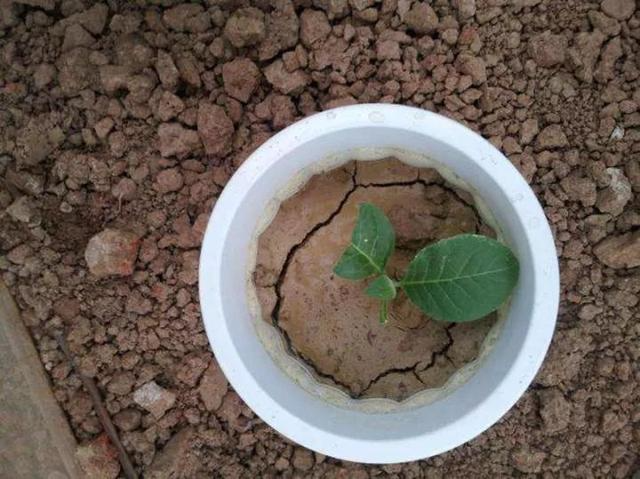
Please don't use this kind of mud anymore!
So what kind of soil should be used to plant flowers? If sandy soil and clay are two extremes, then loam just neutralizes the properties of the two. It has the right size of soil particles, the right porosity, and moderate water retention, drainage, air permeability, looseness, and organic matter content. It is the most ideal soil for most plants to survive.
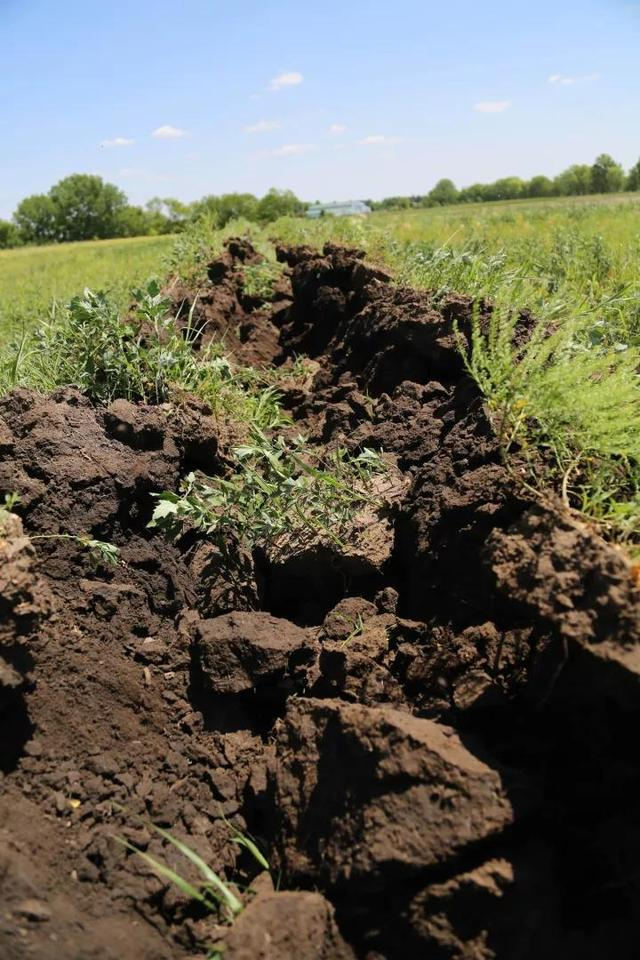
Normal garden soil or vegetable garden soil is loam. Although it is relatively loose in texture, it is still a bit sticky for potted flowers. You may wonder why the same soil allows plants in the yard to grow so well, but not for potted plants?
Let’s take a look at the differences between ground planting and potted planting.
【Ground planting】
1. The soil is thick and wide , and the roots of the plants can extend deep in all directions. With a strong root system, the plants will be in better condition and have a better ability to resist adverse environments.
2. The temperature fluctuations of ground planting are small , and the plants will not get hot after being exposed to the sun for a while. The relatively stable temperature provides a good growth environment for the plant roots;
3. The space for ground planting is open, and it is not easy to have local water accumulation . After watering, the moisture will be absorbed by the soil next to it. Unless the terrain is relatively low and it rains for several days, the moisture may accumulate. Therefore, in order to avoid water accumulation on rainy days when planting in the ground, we will raise the planting area slightly, pile up a small ridge, and dig a drainage ditch around the plant to enhance drainage.
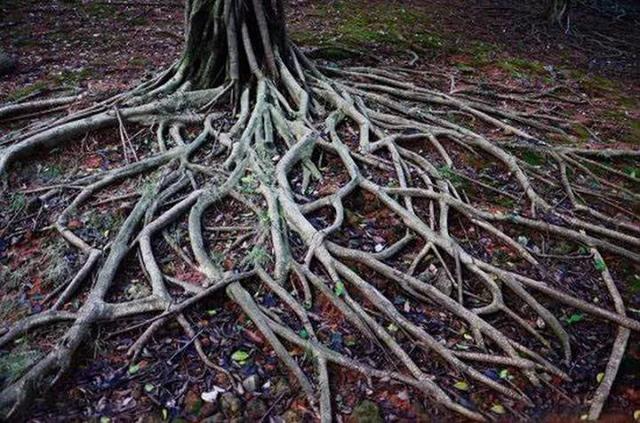
【Pot plants】
1. On the other hand, the space of potted plants is limited , and the roots will eventually be huddled at the bottom of the pot, unable to stretch and grow further. How can the leaves be lush without deep roots? Therefore, after one or two years of potted flowers, we will replace them with larger pots to give the plant roots more space to grow;
2. In addition, because the soil and roots are confined in a very small space, water cannot be discharged in time when watering is too much , which easily leads to water accumulation. The humidity in the pot is high, the soil is full of water, and the air is squeezed out. The roots cannot breathe, which can easily lead to root rot.
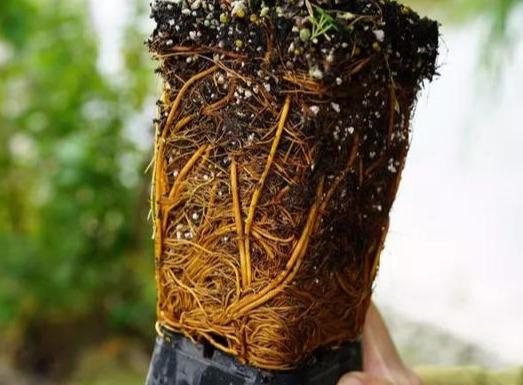
A two-year-old clematis with its roots all coiled at the bottom of the pot
3. As mentioned before, the fluctuations of moisture, humidity and temperature of ground-planted plants are relatively small and stable, while the soil environment of potted plants is much more affected by the external environment and has poor self-regulation ability. If there is more water, the plants will be waterlogged; if there is less water, the plants will be dry; if there is more sunlight, the plants will get hot; if the temperature drops, the plants will freeze into lumps of soil...
4. Coupled with factors such as poor nutrient renewal in the potting soil , in short, the conditions for planting in the ground are much better than those for planting in pots. Therefore, even if it is the same plant, there will be obvious differences in growth when planted in the ground and in a pot.
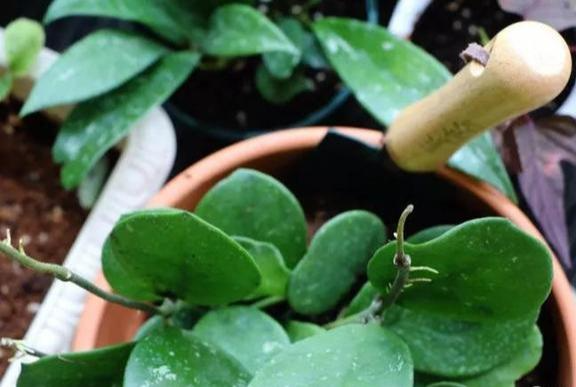
Therefore, for potted plants, we have higher requirements for soil. Growing in pots is already so difficult, how can we bear to use bad soil to increase the chances of plants dying?
Fertile, loose and breathable soil with strong water retention and drainage capacity and suitable pH is the first choice for growing flowers. Garden soil is too water-retaining and is not recommended for use, but we can improve it by mixing sand and adding particles such as crushed coal into the garden soil and then use it, which can reduce its water retention and enhance its drainage.
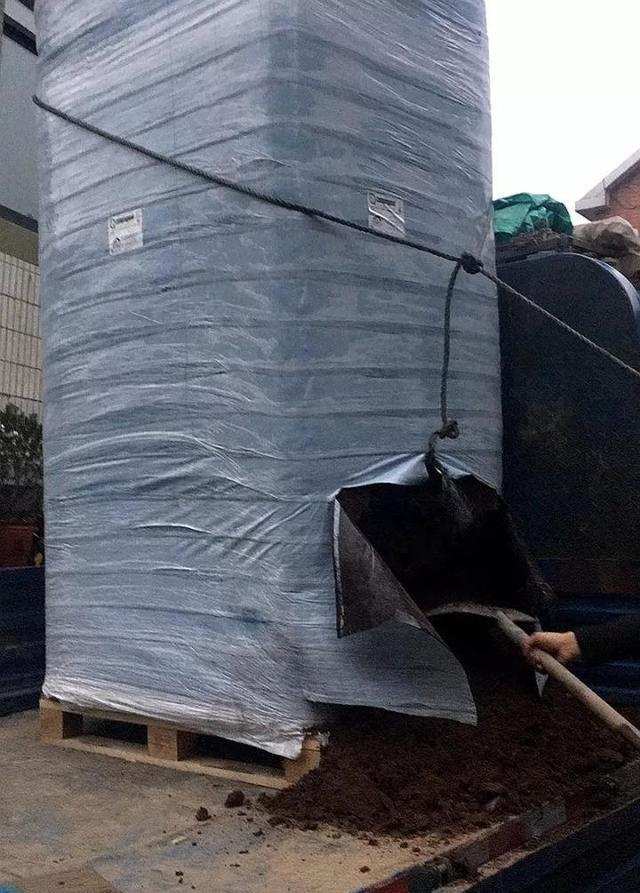
The soil in the yard was not suitable, so a truckload of soil was brought in to transform it.
For flower lovers who do not have garden soil to use, they can buy "nutrient soil" on the market . There are a wide variety of special nutrient soils, including general-purpose, succulent, rose soil, clematis soil, orchid soil, Clivia soil , and even fruit and vegetable soil, bulbous flower soil , etc. You can buy as needed.
Nutrient soil is usually made by mixing peat soil, coconut coir, perlite and other materials in proportion. It has a reasonable structure, good texture, and rich nutrients. Some of them also contain slow-release fertilizers. It is the most widely used cultivation medium in home gardening.
In addition to buying well-proportioned nutrient soil, we can also mix soil by ourselves. Today, we will briefly introduce several common cultivation substrates to help beginners in flower cultivation use soil more easily.
-【Introduction to common cultivation substrates】 -
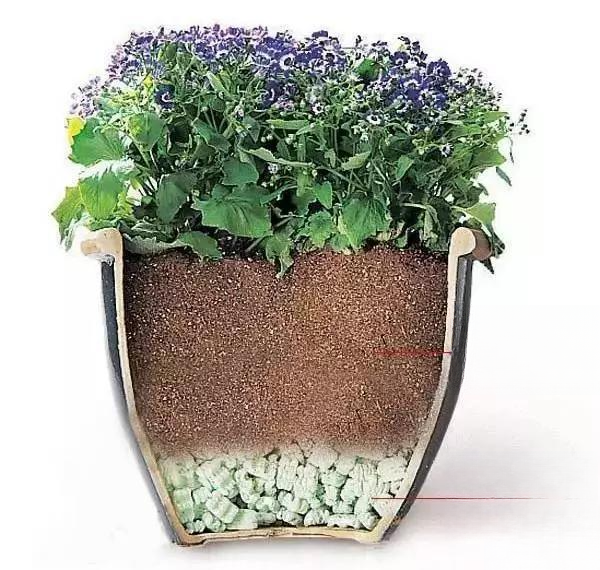
When planting flowers, we often put a layer of large particles at the bottom of the pot as a drainage layer to prevent water from gathering at the bottom of the pot. Such large particles are also collectively called "bottom of the pot stone " . Broken tiles, expanded clay, pumice, crushed bamboo charcoal, etc. can all be used.
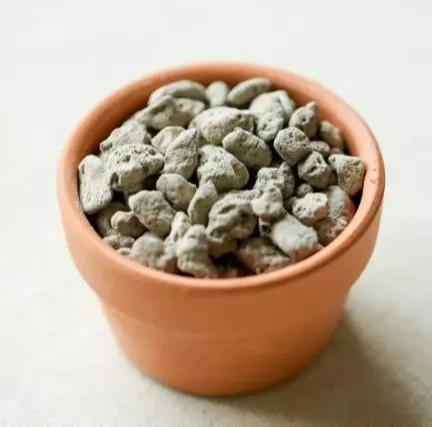
▲[Pumice] Pumice, also known as pumice, is a porous, lightweight, glassy, acidic volcanic rock. It is very light and can be easily lifted by laying it on the bottom of a flower pot.
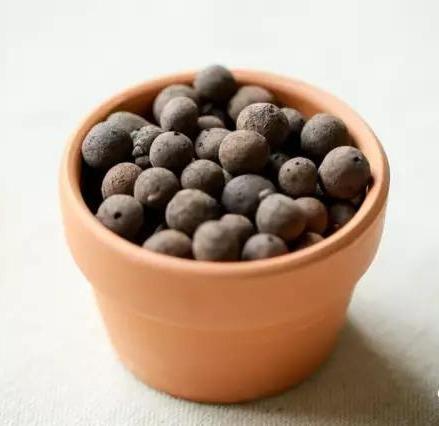
▲ [Ceramic clay] The surface of ceramic clay has a hard ceramic or enamel shell, which has the function of water insulation and air retention. It has different sizes and specifications. In addition to being used as a drainage layer and paving stone, it can also be directly used for hydroponics to fix plant roots.
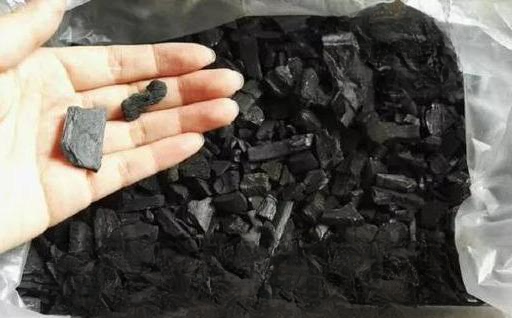
▲ [Bamboo charcoal] Bamboo charcoal is hard, breathable, has good adsorption capacity, and can inhibit bacteria. The crushed bamboo charcoal can be spread on the bottom of the pot, and the finer pieces can be mixed with peat soil to grow plants.
After laying the drainage layer, we need to fill in the planting soil. The most commonly used planting soil is peat soil , and now coconut coir is also becoming increasingly popular.
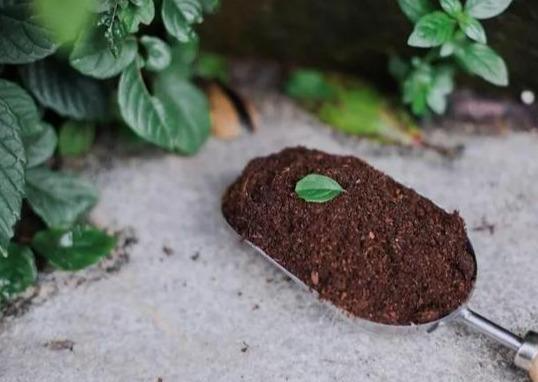
▲ [Peat soil] Peat soil is produced after being buried underground for tens of thousands of years and decomposed. It is light in texture, loose and breathable, has good water and fertilizer retention capacity, contains a certain amount of organic matter, and is generally free of insect eggs and pathogens. It is the most commonly used cultivation medium and is almost an indispensable planting material in flower cultivation.
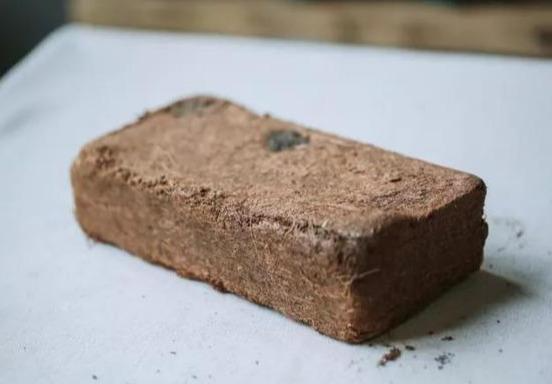
▲ [Coconut pith] Coconut pith is made from coconut shell fibers. It is light, has strong water retention and is environmentally friendly. Because coconut pith is easy to compress, it is often pressed into bricks like this for sale, commonly known as "coconut bricks". Before use, it needs to be soaked in water. It takes seven or eight liters of water to make a brick. It takes a whole bucket of water to soak.
Although peat and coconut coir are very loose, they are too moisturizing if used alone. We need to add some " granular soil " to increase their drainage and air permeability. Commonly used granular soils include perlite, vermiculite, Kanuma soil, diatomaceous earth, chlorite, volcanic rock, etc. We will introduce them one by one.
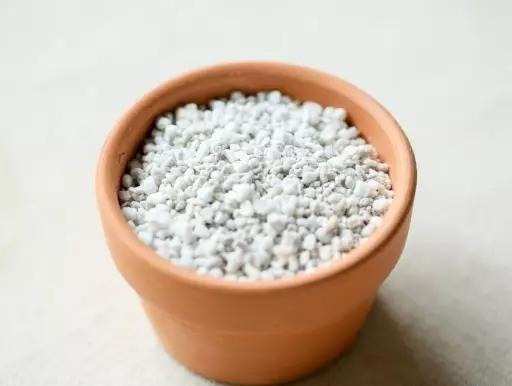
▲ [Perlite] Perlite is almost one of the basic matrices for preparing nutrient soil. Its advantages are strong water holding capacity and light weight. It is often mixed with peat soil to improve soil porosity. It does not contain nutrients. Its disadvantages are that it is too light, has poor ability to fix plants, and is dusty. It is recommended to wear a mask when preparing soil with perlite.
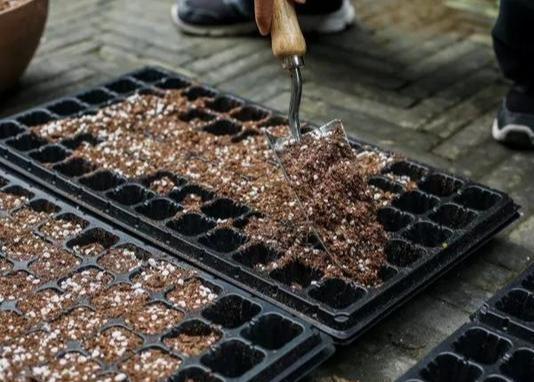
Seedling soil made of peat + perlite
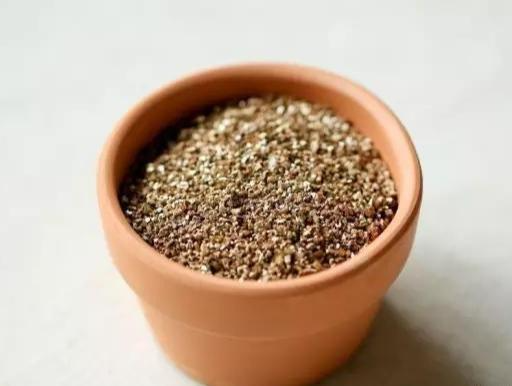
▲[Vermiculite] is a commonly used cultivation substrate. Its advantages are strong water absorption and air permeability. It is often mixed with other cultivation substrates to prepare nutrient soil. Pure vermiculite is also commonly used for plant cuttings, which is conducive to plant rooting. Its disadvantages are that it is fragile and cannot withstand heavy pressure.
Perlite and vermiculite are quite commonly used. In addition to being used to prepare soil, they are also often used as germination and cutting media . Vermiculite is known as a magic tool for cuttings.
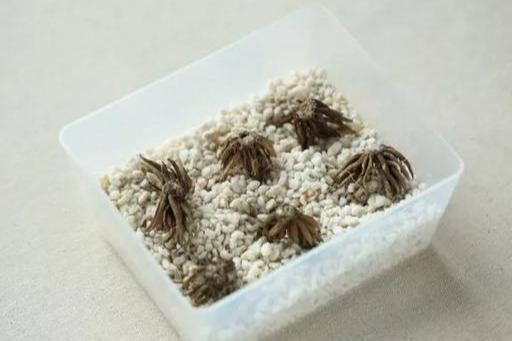
Perlite for germination of Ranunculus bulbs
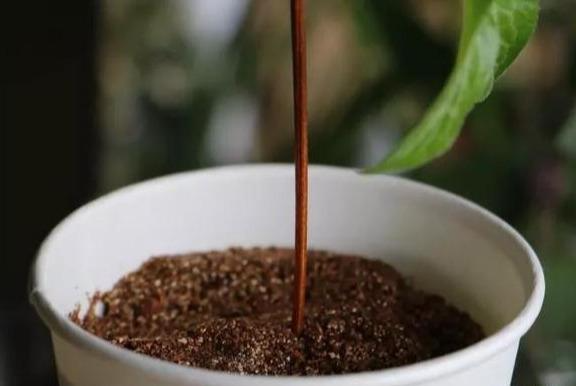
Vermiculite for Clematis cuttings
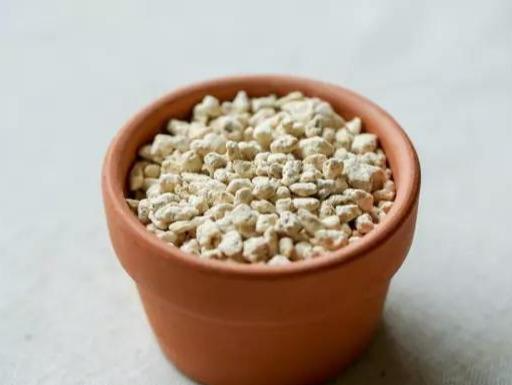
▲ [Kanuma soil] Kanuma soil is produced in volcanic areas, has an acidic pH value, and has high permeability, water storage capacity, and air permeability. The size of Kanuma soil is not very consistent, and there are many holes, which is especially suitable for plants that hate air, moisture, and barrenness, such as various bonsai, orchids, alpine flowers, etc.
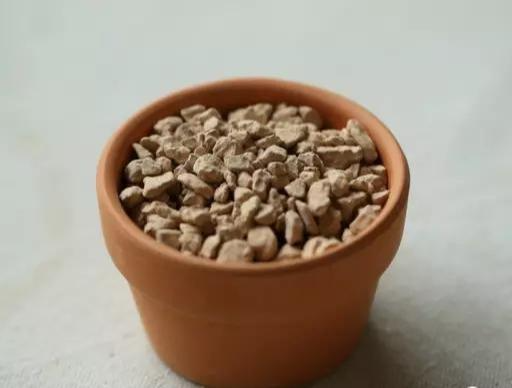
▲[Diatomaceous earth] Diatomaceous earth is a siliceous rock with a neutral pH value, non-toxic, good suspension performance, strong adsorption performance, light bulk density, and can loosen the soil and reduce compaction.
Powdered diatomaceous earth ( diatomaceous earth ) is often mixed in the soil. Its physical adsorption properties are used to destroy the waxy outer layer of the insect's exoskeleton, causing them to dehydrate and die, thus playing a physical insecticide role .
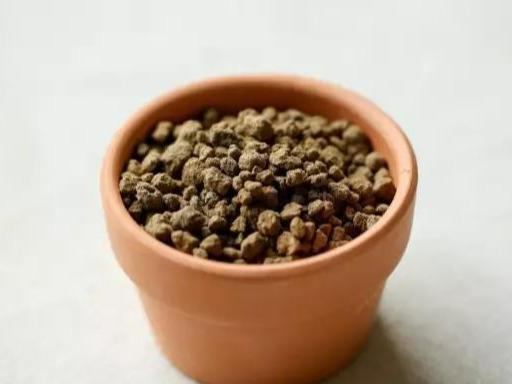
▲ [Akadama] Akadama is made of volcanic ash and is one of the most widely used planting materials. It contains a certain amount of phosphorus and potassium fertilizers, has a slightly acidic PH, high permeability, good water storage and drainage capabilities, and is also often used as succulent paving stones.
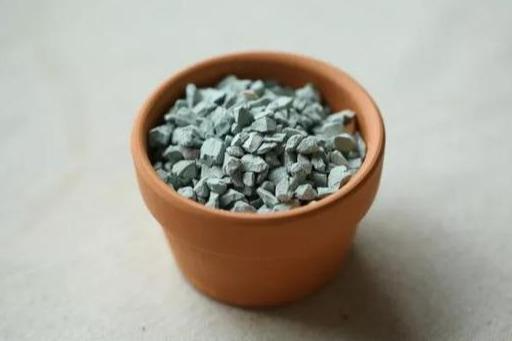
▲ [Chlorite] Chlorite is one of the most beautiful granular soils. The color is very beautiful. When planting plants, adding some to the soil can enhance drainage and prevent root rot. The effect is very obvious.
There are many types of granular soil, including rice stone, volcanic rock, Iris granular soil, Kiryu sand, and plant stone . Their functions are similar, which are:
1. Mix with soil to increase soil drainage and air permeability and reduce the possibility of plant root rot;
2. Use it as a potted plant surface to increase the aesthetics of potted flowers, while isolating insect eggs to a certain extent and reducing the occurrence of diseases and pests.
There are also some special materials that can be used to grow plants, such as sphagnum moss and pine scales .
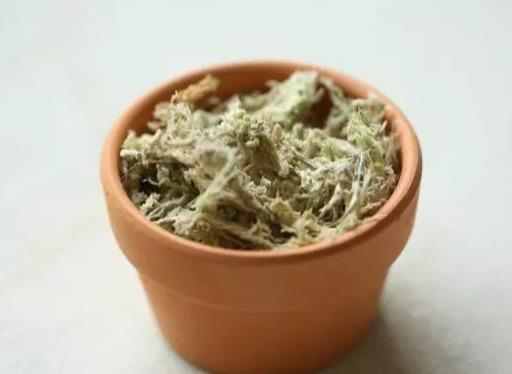
▲[Sphagnum moss] Sphagnum moss is a natural moss plant. Dry sphagnum moss has a very strong ability to breathe and retain water. It is widely used to cultivate various orchids, carnivorous plants and other flowers that like moisture. It can also be used to make succulent iron hanging baskets, etc.
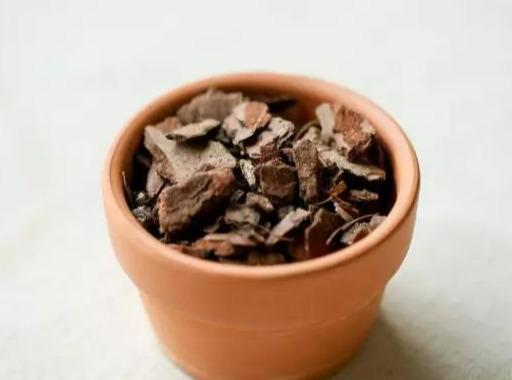
▲[Pine scales] Pine scales are pine bark, which is slightly acidic, light, breathable, and has very good water retention capacity. They can be used as paving surfaces or as planting materials for orchids, especially for rose pots or ground plantings. However, they are not suitable for paving surfaces for clematis, and are not recommended for excessive use in humid and rainy areas.
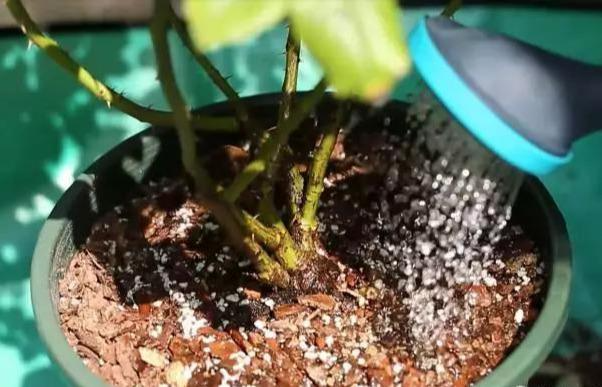
Pine scales used for rose potted paving
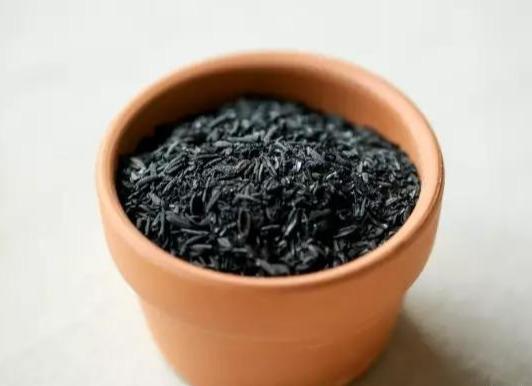
▲[Rice husk ash] The product obtained after burning rice husks contains a certain amount of potassium fertilizer and is relatively alkaline. It is not suitable for growing flowers that prefer acidic soil (such as jasmine and gardenia), but it is very suitable for plants that prefer alkaline soil (such as clematis) . In addition, rice husk ash has a good water absorption capacity and is said to help rooting, so some flower lovers will use it in the soil for succulents.
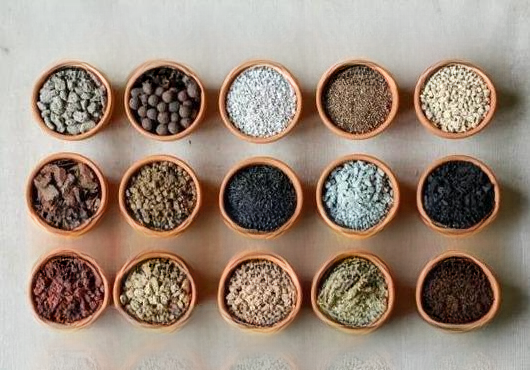
Family portrait, there are many more members than these
-【How to prepare soil】 -
After knowing these cultivation media, some flower lovers want to prepare their own soil. There are many formulas for soil preparation. According to the plants cultivated by the flower lovers, personal preferences, the climate of the area, the flower pots used , etc., the formula of the soil can be tried and adjusted.
For example:
1. In the south where the air humidity is high, the proportion of granular soil can be appropriately increased to facilitate drainage; in the north where the air is dry, the proportion of granular soil can be appropriately reduced to increase the moisture retention of the soil;
2. For plants that like moisture, the use of granular soil can be reduced, while for plants that are not tolerant to waterlogging, the proportion of granular soil should be increased;
3. When using a porcelain pot with poor air permeability, you should increase the amount of granular soil, but when using a ceramic pot with good air permeability, you can reduce the amount of granular soil.
If you are interested in flower making, you can try out several different combinations to find the one that suits you best. You may get some unexpected results.
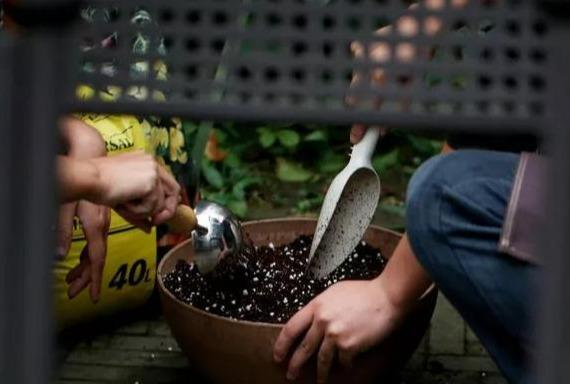
Distributing soil...
To make it easier for novices, several recipes are given below for your reference (for reference only, not absolute).
[Universal] Suitable for general household plants: peat soil: coconut coir: perlite: Akadama soil = 3:1:1:1
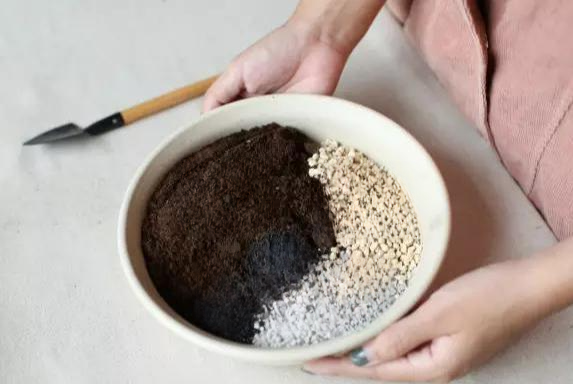
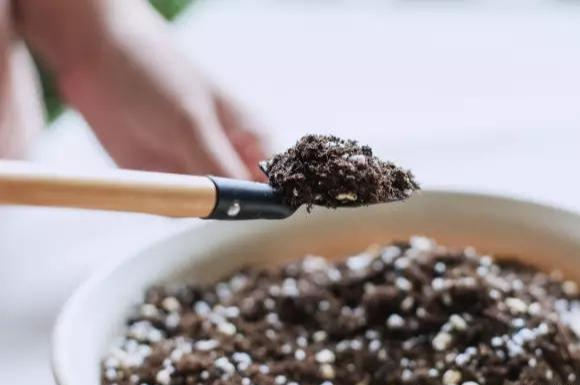
[Succulent type] Suitable for succulent plants: peat: deer algae soil: red jade soil: volcanic rock: chlorite: rice husk ash = 3:2:2:1:1:1
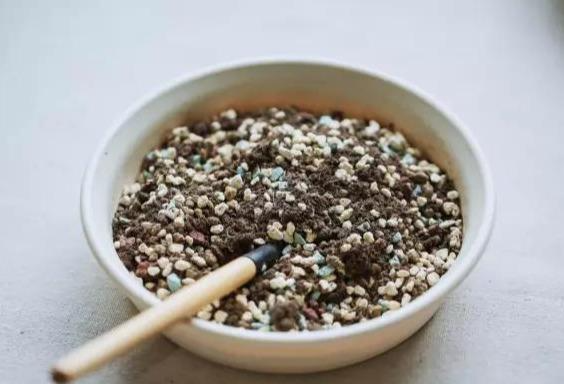
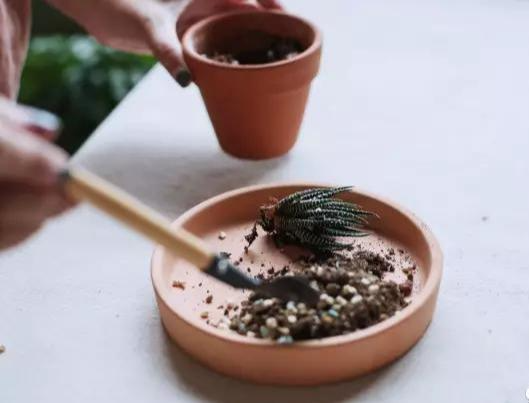

Finally, let’s talk about the pH value of the soil and the issue of recycling old soil.
-[Soil pH]-
The pH suitable for most plants to grow is 6.1-7.5, and most plants prefer slightly acidic to neutral soils . The soil pH in the south is 4.5-8.9, showing a " acidic in the south and alkaline in the north " trend. Based on this trend, it can be roughly known that the plants widely distributed in the south prefer slightly acidic soils , while the native plants in the north prefer neutral or slightly alkaline soils.
If northern flower lovers use garden soil to cultivate southern plants, the pH may be unsuitable, causing poor plant growth. For example, if the leaves of potted gardenias, jasmines, Milans, and Podocarpus turn yellow, we need to consider whether it is caused by unsuitable soil pH. If so, we can apply some ferrous sulfate to improve it.
-【How to reuse old soil】-
After more than 2 years of cultivation, the nutrients in the culture soil decrease and the texture deteriorates. At this time, we often need to replace the soil for the plants. Is the old soil still useful? Of course it is. After years of cultivation, the old soil often contains bacteria and insect eggs. We need to sterilize the old soil first. The method is: spread the soil out and expose it to the sun for 2 to 3 days, and mix it with carbendazim powder.
When using, mix new soil with old soil, and add a small amount of fermented cake fertilizer or chicken manure fertilizer, bone fertilizer , etc. to increase the nutritional content of the soil. Such soil can be reused for planting flowers without causing waste of resources.
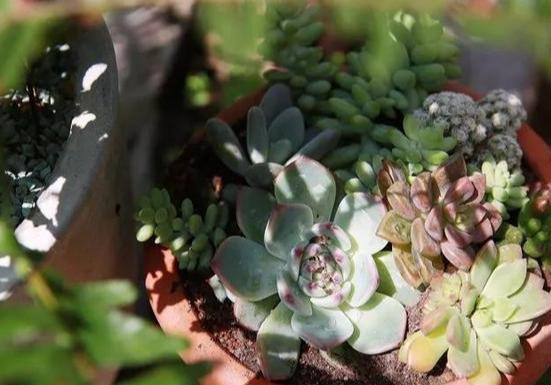
Thank you all for listening to me. That’s all I have to say about soil. You are welcome to leave a message to share your experience in using soil, which will provide a reference for flower lovers.